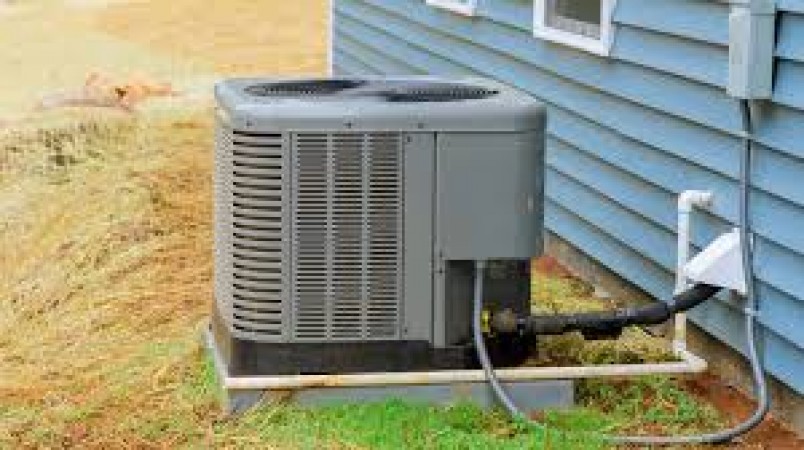
If your air conditioning unit is leaking water indoors or not draining properly, one of the common causes could be a clogged drainage pipe. This pipe is responsible for carrying condensation from the AC unit's evaporator coils or condensate pan to the outside of your home or building. Over time, debris such as dirt, dust, algae, and sometimes even small objects can accumulate in the pipe, blocking the flow of water. When this happens, water can back up into the system, causing leaks and potentially damaging the AC unit.
Symptoms of a Clogged Drainage Pipe Several indicators can help you identify if your AC's drainage pipe is clogged:
Gather Supplies Before starting the process of clearing the drainage pipe, gather the necessary supplies:
Finding the Drain To effectively clear the drainage pipe, you need to locate it first:
H3: Check for Access Points
Steps to Remove Debris Follow these detailed steps to clear the garbage from the drainage pipe effectively:
Turn off the AC: Ensure the air conditioner is turned off at the thermostat to prevent it from cycling on during maintenance, which could cause water to flow.
Inspect the Pipe: Begin by visually inspecting the drainage pipe for any visible signs of debris or blockages. Look for areas where the pipe may be bent or crushed, as these can also cause clogs.
Clear Exterior Debris: Check the exterior opening of the drainage pipe for any obstructions such as leaves, dirt, or insects. Clear these away to ensure proper drainage.
Use Vacuum or Compressor:
Flush with Water: After removing the initial debris, flush the drainage pipe with a mixture of water and either vinegar or bleach (diluted in equal parts with water). Pour the solution into the pipe to help dissolve organic matter and disinfect the interior surfaces. This step also helps clear any remaining debris that may have loosened but not completely cleared.
Repeat if Necessary: If the blockage persists after the initial cleaning, repeat the vacuuming and flushing process until the water flows freely through the pipe without obstruction. Stubborn clogs may require several attempts to fully clear.
Testing and Preventive Maintenance After clearing the drainage pipe, follow these steps to ensure proper functioning and prevent future clogs:
Test Drainage: Pour a small amount of water into the drainage pipe to verify that it flows freely and exits through the exterior opening. This test ensures that the pipe is clear of debris and fully operational.
Monitor Regularly: Incorporate regular maintenance checks into your routine. Periodically inspect the drainage pipe for signs of new debris accumulation or potential clogs. Keeping the area around the pipe clean can also help prevent future blockages.
Professional Inspection: Consider scheduling annual maintenance with a qualified HVAC technician. They can perform a thorough inspection of your air conditioning system, including the drainage components, and address any potential issues before they become major problems.
Conclusion By following these comprehensive steps, you can effectively remove garbage stuck in the drainage pipe of your AC unit without causing any damage. Regular maintenance and prompt action not only prevent water leaks and system damage but also ensure your air conditioner operates efficiently during hot weather. Taking care of your AC's drainage system is essential for maintaining indoor comfort and extending the lifespan of your HVAC equipment.
Uttarakhand Technical University Releases Online Form for Assistant Professor Recruitment 2024
NIMS Hyderabad Recruitment 2024: Apply Now for 51 Senior Resident Posts
MUC Bank Clerical Trainee Recruitment 2024: Apply Online for 50 Posts